#nibariki
Explore tagged Tumblr posts
Text

#polls#movies#kiki’s delivery service#kikis delivery service#80s movies#hayao miyazaki#studio ghibli#nibariki#studio fuga#tokuma shoten#nippon television network corporation#requested#have you seen this movie poll
294 notes
·
View notes
Text
The Story of Yanagawa's Canals (柳川堀割物語)
Some individuals might be perplexed or even astonished to learn that Studio Ghibli produced a documentary in 1987, which stands out as the only documentary they have created that is not connected to their renowned animated films. At that time, Studio Ghibli had released only two feature films: 'Nausicaä of the Valley of the Wind' (1984) and 'Castle in the Sky' (1986), both directed and written by Hayao Miyazaki, with production by Isao Takahata and music composed by Joe Hisaishi.
The Story of Yanagawa's Canals (Japanese: 柳川堀割物語, Hepburn: Yanagawa Horiwari Monogatari) is a live-action animated documentary released in 1987, directed by Isao Takahata and first aired on NHK. This film explores the historical narrative of Yanagawa, a city in Fukuoka, and highlights the efforts of its residents to protect their iconic canals from the severe impacts of water pollution.
Financed by the earnings from Hayao Miyazaki’s Nausicaä of the Valley of the Wind, this project represents several notable milestones for Studio Ghibli. It was Takahata’s inaugural directorial work for the studio, which he co-established with Miyazaki and producer Toshio Suzuki in 1985. Additionally, it stands as the first and only predominantly live-action film produced by Studio Ghibli, apart from a few scenes in Pom Poko. Uniquely, it is also the only Ghibli film produced independently, with most of the funding and distribution managed by Miyazaki’s personal office.

The narrative of Yanagawa's Canals, known as 柳川堀割物語, is a film directed and penned by Isao Takahata. It was produced by Susumu Kubo, with cinematography by Somai Takahashi and a musical score composed by Michio Mamiya. The film was created by Studio Ghibli in collaboration with Nibariki and was distributed by NHK. It premiered on August 15, 1987, and has a runtime of 167 minutes. The film is in Japanese and hails from Japan.
Synopsis
This independent live-action documentary film was produced by Nibariki, the personal office of Hayao Miyazaki, utilizing profits from Nausicaä. Initially envisioned as an animated feature set in Yanagawa, the project evolved following the success of Nausicaä, as Tokuma sought to create another animated film, ideally a sequel. Miyazaki, inspired by the picturesque canals of Yanagawa during his visit, conceived a story centered on high school students in the town and believed that Isao Takahata, who had previously produced Nausicaä, would be the right director for this project. However, upon his own visit to Yanagawa for research, Takahata became captivated by the town's history, particularly the community's efforts to preserve and restore its canals. This shift in focus led to the film's transformation into a live-action documentary, prompting Miyazaki to invest his own funds into the project, which ultimately took Takahata three years to complete.
The film fundamentally examines the evolution of the canal system, detailing the restoration efforts in Yanagawa and the scientific principles involved, alongside the effects on subsequent generations. It delves into the daily experiences of the Yanagawa community, highlighting their efforts to safeguard the renowned canal system from pollution and neglect. Spanning from the canal's inception in the 16th century to the 1970s, the narrative underscores the community's commitment to the principle of ‘Living with Nature, disposing of waste by recycling,’ which became pivotal in their fight to maintain the integrity of the waterways.
Central to the documentary is Tsutae Hiromatsu, the leader of the local water supply division. Initially responsible for overseeing the canal's removal and repurposing, he recognizes its significance to the community and shifts his focus. This realization prompts him to rally both the local populace and government support for his "Water Clean-up project," aimed at restoring the canals to their original state and ensuring their sustainability for future generations.
The film is structured into a prologue and eleven distinct chapters that chronicle the efforts to restore canal systems. Each chapter employs a blend of interviews, observational footage, and narrative explanations, complemented by Miyazaki’s distinctive animation style.
The prologue sets the stage, followed by chapters that explore various themes: Chapter 1 discusses the vibrancy of Horiwari through a pointillist lens; Chapter 2 examines the characteristics and uses of the waterway network at the Water Pumping Station and Moat Edge; Chapter 3 delves into the mechanisms of waterways in Yanagawa during the third year of Higo March; Chapter 4 addresses the Fukuoka Prefectural Ordinance on drinking water regulations; Chapter 5 reflects on the era of archipelago remodelling and the resulting devastation of waterways; Chapter 6 highlights the plains shaped by the sea and the essence of Horiwari; Chapter 7 focuses on the completion of the water use system; Chapter 8 presents the Yabe River water conflict as a metaphor for life; Chapter 9 advocates for waterway regeneration; Chapter 10 emphasizes coexistence with nature through the Shirobori Waterfall; and Chapter 11 concludes with a narrative of solidarity between residents and government in the history of waterway restoration.
Production
Following the success of Nausicaä of the Valley of the Wind, attention quickly shifted to another project involving Miyazaki as director, with Takahata and Suzuki as producers. The production company Tokuma Shoten, which had backed Nausicaä, initially advocated for a sequel; however, Miyazaki declined, expressing fatigue and frustration with the idea. Instead, he drew inspiration from a childhood visit to Minamata Bay on Kyushu's west coast, where he witnessed the detrimental effects of chemical pollution on the local populace.
In search of fresh ideas for his next animated feature, Miyazaki journeyed to Yanagawa, often referred to as the "Venice of the East," accompanied by his long-time collaborator Takahata. He found the serene environment of Yanagawa fitting for a narrative centred on young schoolchildren and humanity's connection to nature, echoing themes from his earlier works.
Takahata took on the role of location scout for the project, dedicating the subsequent months to exploring the waterways via donkobune, or narrow riverboats, as well as engaging with the local community that held the canals in high regard. Upon meeting Tsutae Hiromatsu, the region's water supply chief, Takahata shifted his focus towards creating a documentary that highlighted the community's initiatives to protect the waterways, ultimately abandoning the animated concept altogether.
Upon returning to Tokyo, Takahata reached an agreement with Miyazaki and Suzuki to allocate a budget of ¥30 million, which represented half of the profits from Nausicaä, for the film's production. The project was managed by Miyazaki's personal office, Nibariki, with Miyazaki himself actively involved in creating animated sequences that illustrated life before modernity. The film employed a blend of stop motion, aerial photography, and traditional animation techniques. However, Takahata exceeded the budget, necessitating the use of Miyazaki's personal funds to complete the project.
Although a one-year deadline was initially set, the production ultimately extended to three years, surpassing both the budget and the timeline. Takahata believed it was essential to revisit Yanagawa multiple times to authentically capture the local culture surrounding the canal and the community's efforts to combat the local authorities' attempts to neglect the waterways, allowing them to fall into pollution and disrepair.
The financial strain from the film's budget overruns and the uncertainty of its profitability led Miyazaki to start working on what would later become Laputa: Castle in the Sky, aiming to offset the costs of Takahata's project. This collaboration proved mutually beneficial and established a pattern that would persist throughout their partnership. As noted by Studio Ghibli producer Toshio Suzuki, the delay in Takahata's film inadvertently paved the way for the creation of Laputa, highlighting the interconnected nature of their creative endeavours.
Themes
Similar to Takahata's subsequent films, The Story of Yanagawa’s Canals explores themes including the connection between humanity and nature, environmental concerns, industrial growth, nostalgia, and the significance of community. The film meticulously highlights the local culture of Yanagawa, showcasing elements such as Shinto moat-drying events, kappa folklore, and the festive Okinohata celebrations. Additionally, the inclusion of poetry by Hakushū Kitahara throughout the film resonates with Takahata’s later incorporation of poetry in My Neighbours the Yamadas.
Release
The film premiered on NHK on August 15, 1987, and a localized Japanese DVD became available on December 5, 2003. Since the DVD's release, there have been no additional releases or reissues of the film.
Reception
Beyond Japan and its initial airing, The Story of Yanagawa’s Canals has garnered minimal attention from both audiences and critics, with most discussions occurring within the context of Takahata's broader oeuvre.
In recent years, however, the film has attracted greater critical interest in Western circles. Notably, it was featured at the Academy Museum of Motion Pictures in 2022 during a retrospective dedicated to Isao Takahata's films. In one of the rare English-language analyses, Colin Odell and Michelle Le Blanc highlight that while the film may not resonate with the wider Ghibli audience, it remains significant for its exploration of themes prevalent in Takahata's work. They note that the film's visual style, characterized by relational editing and slow tracking shots, mirrors the aesthetic of his more refined projects, ultimately celebrating a sense of community despite its understated nature.
Alex Dudok De Wit from Cartoon Brew characterized the film as "Takahata’s most meditative work — and his most pedantic," emphasizing its contemplative qualities while also acknowledging its intricate narrative style.
This documentary is available in two versions: the first features Japanese audio accompanied by English subtitles, while the second offers English narration with English subtitles provided solely for the non-narrated segments, including interviews and Japanese on-screen text.
#The Story of Yanagawa's Canals#柳川堀割物語#documentary#Studio Ghibli#ghibli#hayao miyazaki#castle in the sky#Nausicaä of the Valley of the Wind
2 notes
·
View notes
Text

#ProyeccionDeVida
🎬 “LA PRINCESA MONONOKE” [Mononoke-himea]
🔎 Género: Animación / Fantástico / Aventuras / Cine épico / Animales / Naturaleza
⌛️ Duración: 133 minutos
✍️ Guion: Hayao Miyazaki
🎵 Música: Joe Hisaishi

💥 Argumento: Con el fin de curar la herida que le ha causado un jabalí enloquecido, el joven Ashitaka sale en busca del dios Ciervo, pues sólo él puede liberarlo del sortilegio. A lo largo de su periplo descubre cómo los animales del bosque luchan contra hombres que están dispuestos a destruir la Naturaleza.
👥 Reparto en Voces: Ashitaka (Billy Crudup, Yōji Matsuda, Cédric Dumond), San (Yuriko Ishida), Moro (Gillian Anderson, Akihiro Miwa), Okkoto-nushi (Keith David, Hisaya Morishige), Lady Eboshi (Minnie Driver, Yūko Tanaka), Jiko-bō (Billy Bob Thornton, Kaoru Kobayashi), Gonza (Tsunehiko Kamijō), Toki (Jada Pinkett Smith, Sumi Shimamoto), Kaya (Yuriko Ishida), Kouroku (Masahiko Nishimura) y Nago (Makoto Satō)
📢 Dirección: Hayao Miyazaki
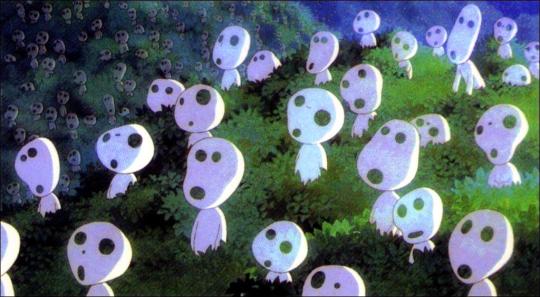
© Productoras: Studio Ghibli, Dentsu Inc, Nibariki, Nippon TV, TNDG & Tokuma Shoten
🌎 País: Japón
📅 Año: 1997
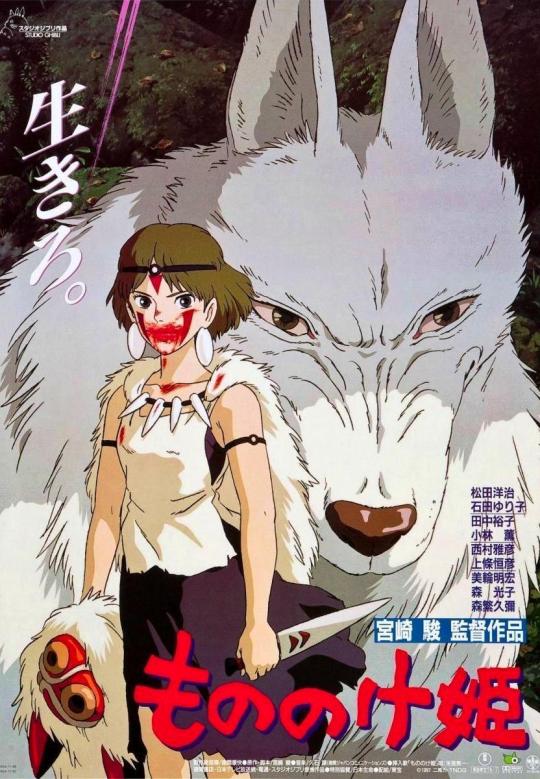
📽 PROYECCIÓN:
📆 Viernes 28 de Junio
🕗 8:00pm.
🎦 Cine Caleta (calle Aurelio de Souza 225 - Barranco)
🚶♀️🚶♂️ Ingreso libre

🙂 A tener en cuenta: Prohibido el ingreso de bebidas y comidas. 🌳💚🌻🌛
0 notes
Photo




Original art from the ‘bible’ ND wrote up. As you can see, a lot more faithful to the 80s designs, though that She-Ra has a bit of a Greco-Roman slant. Fun to see elements of their later designs in these, though--Glimmer’s asymmetrical hair, She-Ra’s winged shoes... you love to see it. Non-original art from the pitch below the cut, bc we might as well have the higher quality ones on hand.

Starting out strong with a piece by Jean Giraud, aka Mœbius in his scifi work, as they’ve used here. He died in 2012 so I don’t really have anything to link to, but you should google him; he’s got some pretty incredible stuff out there.

This one’s a painting of the Sea of Corruption from Nausicaä of the Valley of the Wind. Still trying to find an artist, but it’s © 1984 to Nibariki (Hayao Miyazaki’s personal studio) and I don’t think it’s an official background. Big Beast Island vibes down in the Rotwood but you can see where those fiddlehead shapes were used in say, the fireflower bushes in the Whispering Woods. Again, not much to link to. Go watch a Ghibli movie


Next up, a pair of illustrations by Xanthe Bouma and Mickey Quinn from their collaborative Fall thesis in 2014 (check it out, shit’s animated). Both those names should be familiar if you’ve been following along with the visual development saga :)
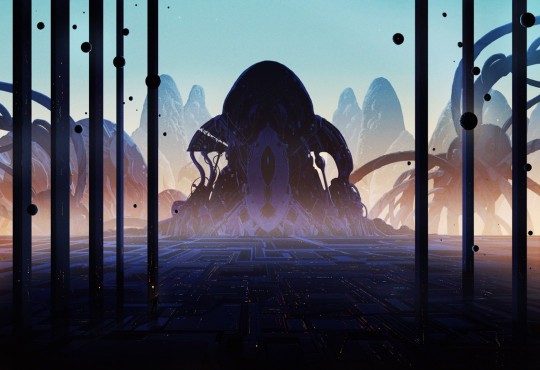
This here’s by Kilian Eng, a Swedish artist best known for his maximalist scifi stuff. He has some breathtaking posters and illustrations up for view here.

Another Mœbius strip, cropped this time from its full version:

Note the blending of organic and technological shapes happening in that vitrine, and of course the crystalline structures in the back (which actually bear a striking resemblance to the Hall of Wisdom from MYP He-Man....)
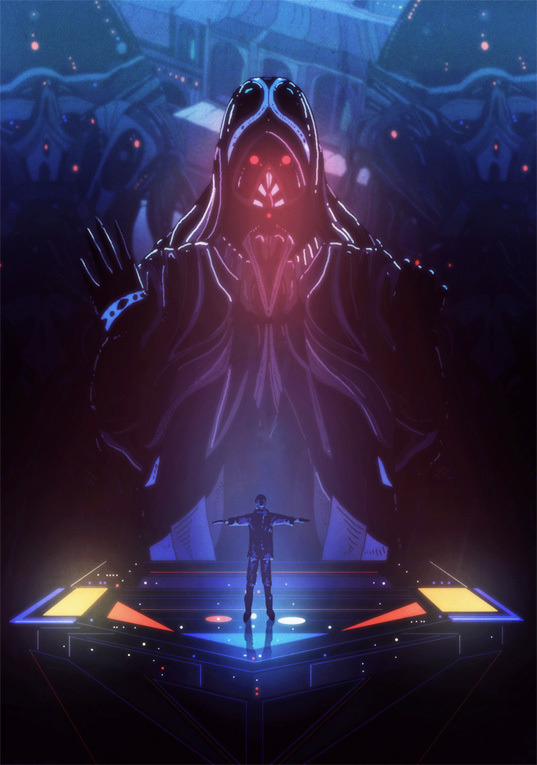
And finally, another illustration by Kilian Eng. This one comes directly after a discussion of Horde Prime, so it feels appropriately menacing.
I probably won’t post the text since it’s all up for your perusal at that first link, but if I find any other early stuff I’ll be sure to upload it here!
134 notes
·
View notes
Text

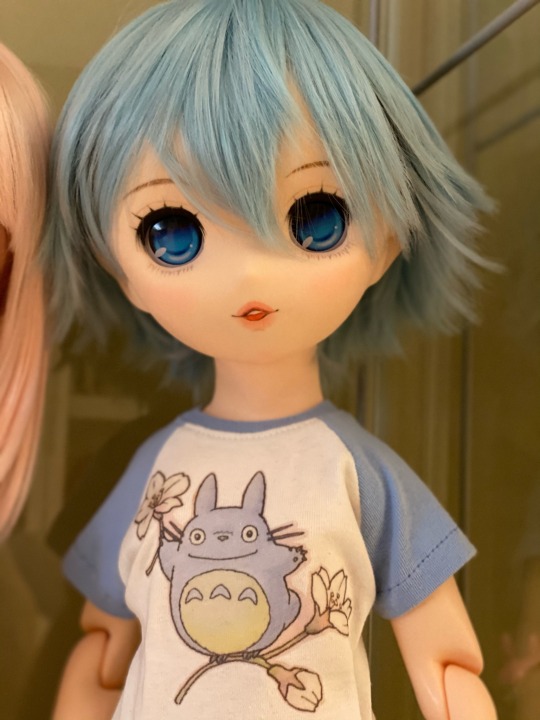
I was able to sew a tshirt for blue haired Otohime tonight. This was absolutely not what I'd been thinking about making all day, but midnight brain was apparently Fed Up with this poor doll being topless and forced my hand.
Um, none of her blues match at all because I am using whatever fabric I have here on hand. This used to be stained baby onesies 😅
The iron on is a small part of a Nibariki image, possibly a post card?
40 notes
·
View notes
Text




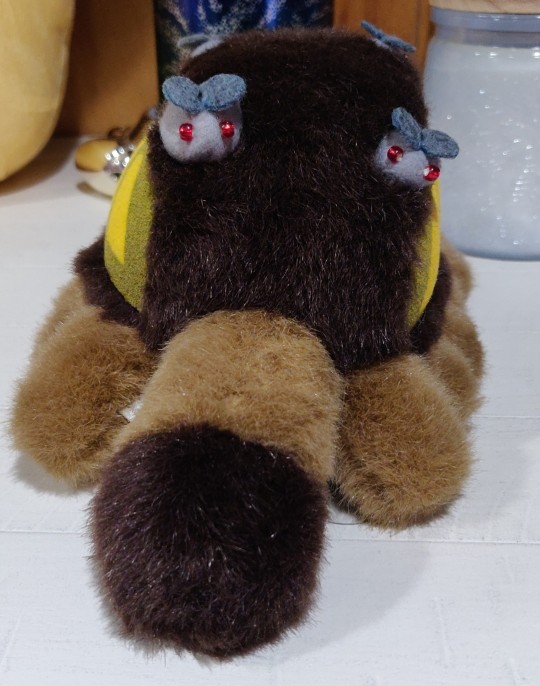
Restored Catbus plush! ✨
Saw this older Catbus plush for sale last month on Mercari. I felt so bad for him! ;w; So I ended up buying him to fix him up.
Details:
Poor fella came to me with severely damaged eyes, a missing nose and damage to 3/4 of his mice lights, with one missing completely. Thankfully his front left mouse (our right) was still completely in tact. This helped immensely when searching for matching materials for the mice's ears and eyes. ♥️
He's official made by Nibariki Tokuma Shoten company, an older manufacturer for Ghibli toys (most are now are produced by Sun Arrow) it was super hard to find a reference picture for how he originally looked! In the end I was only able to find reference photos of a very similar release, but not this one specificly. OTL 💔
His new eyes are hand painted, and nose sculpted from clay. Unfortunately I wasn't able to find as close of a match to his original eye beads as I would like, but these will do until I'm able to find better ones!
25 notes
·
View notes
Photo
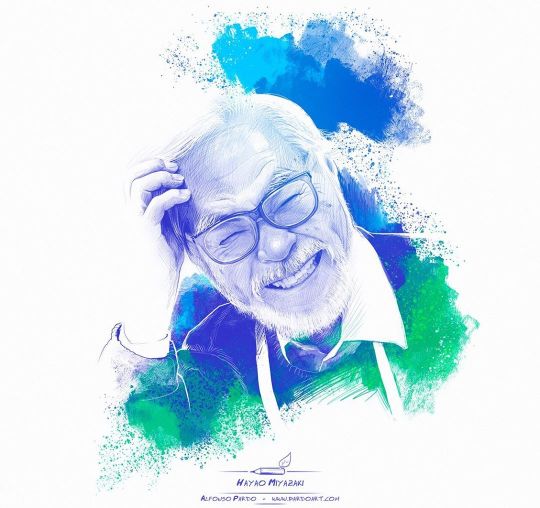
Gods - 06 - Hayao Miyazaki . . . . #portrait #idolportrait #gods #idol #retrato #drawing #portraitdrawing #art #arte #instaart #instaartsy #instaartwork #instaartoftheday #instaarte #instaarts #instaartistic #artwork #artist #artshow #fineart #myart #creative #dibujo #illustration #hayaomiyazaki #ghibli #studioghibli #miyazaki #japaneseanimation #nibariki @hayaomiyazaki @ghibli.movies @ghibli.world @studioghibliofficial https://www.instagram.com/p/CAX0aNHjUwi/?igshid=10fvzdypqrxbb
#portrait#idolportrait#gods#idol#retrato#drawing#portraitdrawing#art#arte#instaart#instaartsy#instaartwork#instaartoftheday#instaarte#instaarts#instaartistic#artwork#artist#artshow#fineart#myart#creative#dibujo#illustration#hayaomiyazaki#ghibli#studioghibli#miyazaki#japaneseanimation#nibariki
1 note
·
View note
Text
Afortunadamente llegaste. ✨
-Nibariki.
#palabras#pensamientos#frases#desahogo#desamor#desastre#france#amor#citas#citas en español#citas en tumblr#citation#personal#citas de amor#amore a distanza#notas de amor#tristeza#citas tristes#notas tristes#textos tristes#feliz#gente#gente falsa#gente di merda#gente toxica
14 notes
·
View notes
Photo


(via Hover O'er Me, Holy Spirit)
260 - Hover O'er Me, Holy Spirit
Major Key: F
1 Hover o'er me, Holy Spirit, Bathe my trembling heart and brow; Fill me with Thy hallowed presence, Come, O come and fill me now.
CHORUS: Fill me now, fill me now, Jesus, come and fill me now. Fill me with Thy hallowed presence, Come, O come and fill me now.
2 Thou canst fill me, gracious Spirit, Though I cannot tell Thee how; But I need Thee, greatly need Thee; Come, O come and fill me now.
3 I am weakness, full of weakness; At Thy sacred feet I bow; Blest, divine, eternal Spirit, Fill with love, and fill me now.
4 Cleanse and comfort, bless and save me; Bathe, O, bathe my heart and brow; Thou art comforting and saving, Thou art sweetly filling now.
260
040 - Nijaze Sasa "Hover O'er Me Holy Spirit"
1 Njoo, Roho Mtukufu uoshe moyo wangu, Utakase nia yangu, njoo, nijaze sasa.
Chorus Roho Mtukufu, njoo, nijaze sasa. Utakase nia yangu, njoo, nijaze sasa.
2 Ujalize moyo wangu Ijapo sikuoni, Nami ninakuhitaji, njoo, nijaze sasa.
3 Nimejaa udhaifu, ninainamia kwako; Roho Mtukufu sasa, nitilie na nguvu.
4 Unioshe, nifariji, niponye nibariki, Unijaze moyo wangu: ndiwe mwenye uwezo.
040
Go to www.klossycloss.com for more
0 notes
Link
I just added this listing on Poshmark: My Neighbor Totoro Nibariki 10" Plush.
0 notes
Photo
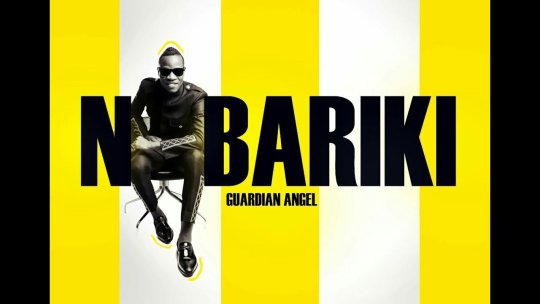
GUARDIAN ANGEL – NIBARIKI Download and enjoy this good music here DOWNLOAD
0 notes
Text
Todo el mundo está dispuesto a corromperce.
-Nibariki
#palabras#pensamientos#amor#desamor#frases#citas de amor#desahogo#desastre#france#amore a distanza#citas#citas en español#citas en tumblr#citation#notas de amor#personal#tristeza#citas tristes#notas tristes#textos tristes#feliz
8 notes
·
View notes
Photo
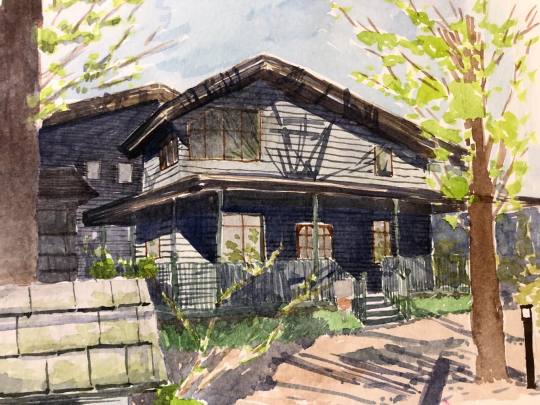
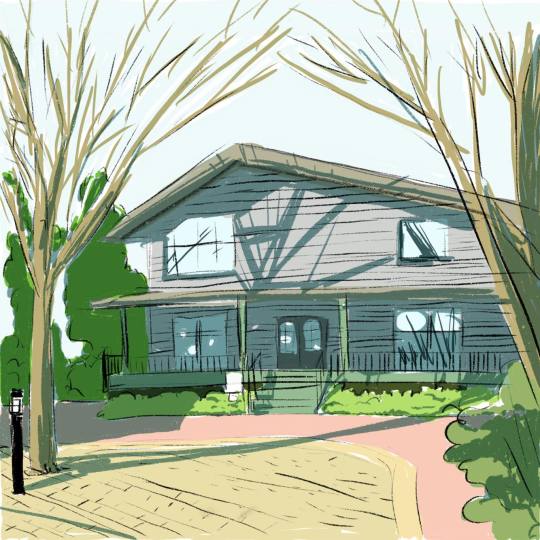
Watercolor and digital sketches of Miyazaki’s Atelier Nibariki (2019).
1 note
·
View note
Text
Gospel Music: Jane Alex – Nibariki
Gospel Music: Jane Alex – Nibariki
Kenyan Gospel Artiste Jane Alex, returns with a brand new single titled, “Nibariki”. Nibariki is a swahili word translated as “BLESS ME” The Gospel Song has blessed many since it was released and I thought it might bless you as well . Enjoy below.
Download Gospel Music: Jane Alex – Nibariki
View On WordPress
0 notes
Text
WILLY PAUL Ft Gloria Muliro – Wema lyrics
WILLY PAUL Ft Gloria Muliro – Wema lyrics
WILLY PAUL Ft Gloria Muliro – Wema lyrics
WILLY PAUL Ft Gloria Muliro – Wema lyrics Oooh woooh Mungu wangu ni mkuu Oooh woooh Pozeeee
Nyota yangu imengaa Asante mola Mambo yamebadilika Asante mola Sio kwa nguvu zangu mi Ni kwa nguvu zako wewe tu Ingekua ni mwanadamu Angenionea Ingekua ni mwanadamu Angenionea Ulivyo nibariki na wenzangu pia uwabariki Ulivyonionekania na wenzandu pia uwaonekanie
Mu…
View On WordPress
0 notes
Text
Willy Paul - Wema Lyrics
Wema Lyrics by Willy Paul Feat. GLORIA MULIRO
Oooh woooh Mungu wangu ni mkuu Oooh woooh Pozeeee
Nyota yangu imengaa Asante mola Mambo yamebadilika Asante mola Sio kwa nguvu zangu mi Ni kwa nguvu zako wewe tu Ingekua ni mwanadamu Angenionea Ingekua ni mwanadamu Angenionea Ulivyo nibariki na wenzangu pia uwabariki Ulivyonionekania na wenzandu pia uwaonekanie
Mungu wangu we ni mwema We ni mwena, we…
View On WordPress
0 notes